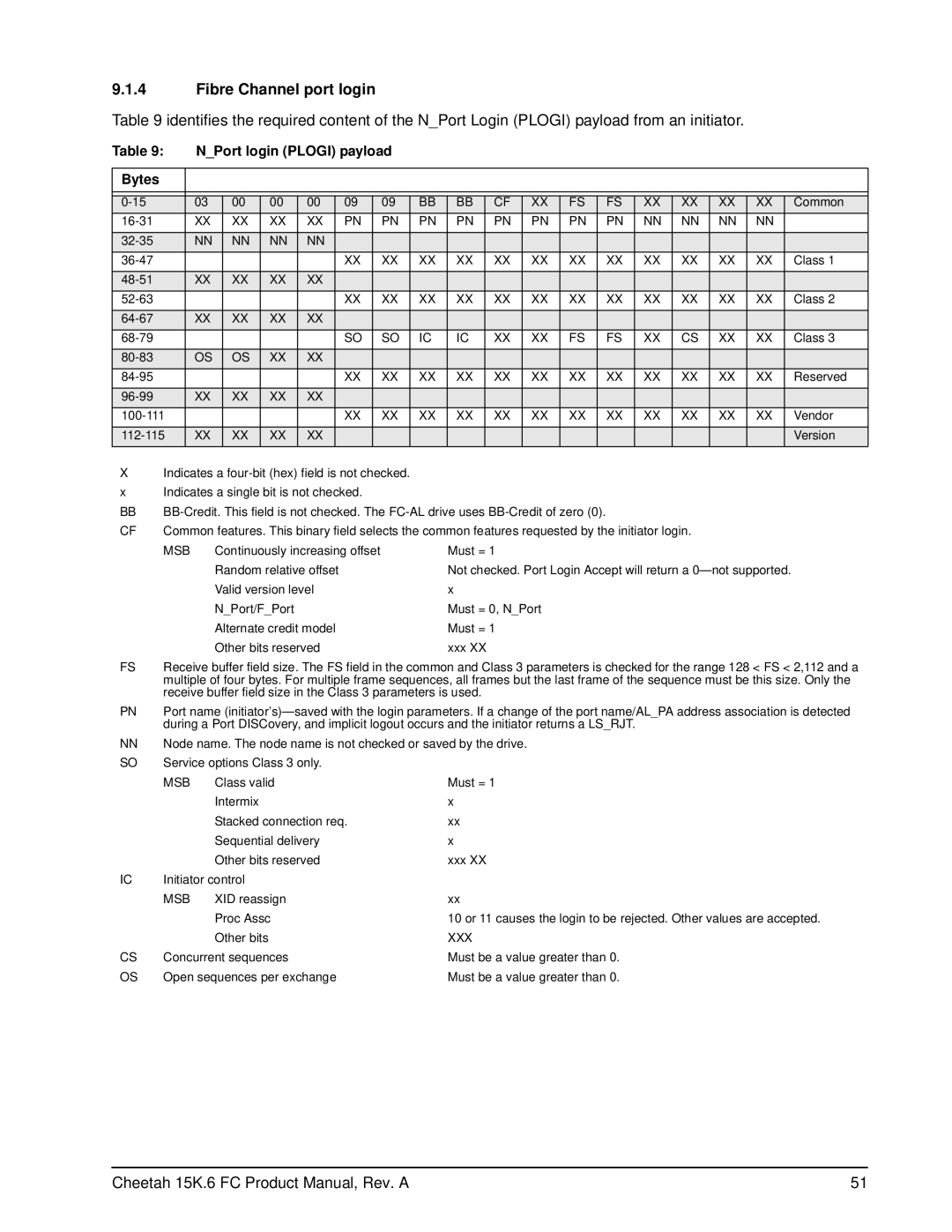ST3450856FC, ST3300656FC, ST3146356FC specifications
The Seagate ST3146356FC, ST3300656FC, and ST3450856FC are hard disk drives designed for enterprise storage solutions, showcasing Seagate’s commitment to performance, reliability, and advanced technology in the data storage sector. These drives cater primarily to the needs of data centers and businesses requiring robust data management capabilities.The ST3146356FC is notable for its 146GB capacity, 3.5-inch form factor, and 10,000 RPM spindle speed. It employs Serial Attached SCSI (SAS) interface technology, which ensures high data transfer rates and reliable connectivity. This model is designed to handle a multitude of demanding applications, such as online transaction processing and enterprise resource planning, requiring fast access to data and minimized latency.
The ST3300656FC, with a capacity of 300GB, continues the trend of high performance set by its predecessor. This drive also features the 10,000 RPM spindle speed and SAS interface, providing enhanced data throughput and optimized performance for intensive workloads. The drive is built with advanced error recovery features that enhance data integrity and reliability, making it suitable for critical applications where data loss is unacceptable.
The ST3450856FC offers even greater capacity, with a robust 450GB storage option. Like the other models, it operates at 10,000 RPM and utilizes the SAS interface. This drive is designed for scalability, ensuring that it can meet the evolving storage demands of enterprises. It is also equipped with sophisticated technologies such as Seagate's Enhanced S.M.A.R.T. (Self-Monitoring, Analysis, and Reporting Technology), providing continual monitoring of the drive’s health and performance metrics.
All three models share key characteristics, including advanced thermal and power management technologies that help maintain optimal operating temperatures and reduce energy consumption. This is crucial in data center environments where maximizing efficiency is vital for operational cost management. Additionally, Seagate's commitment to low acoustic noise levels ensures quieter operation, which is beneficial in environments where sound levels must be controlled.
In summary, the Seagate ST3146356FC, ST3300656FC, and ST3450856FC drives are engineered for enterprise environments demanding high reliability, speed, and capacity. Their advanced technologies, including SAS interface and enhanced error management systems, make these drives ideal for critical applications in data-intensive sectors. With reinforced durability, effectiveness in managing large volumes of data, and a focus on energy efficiency, these drives symbolize the pinnacle of Seagate's storage innovations for enterprise solutions.
